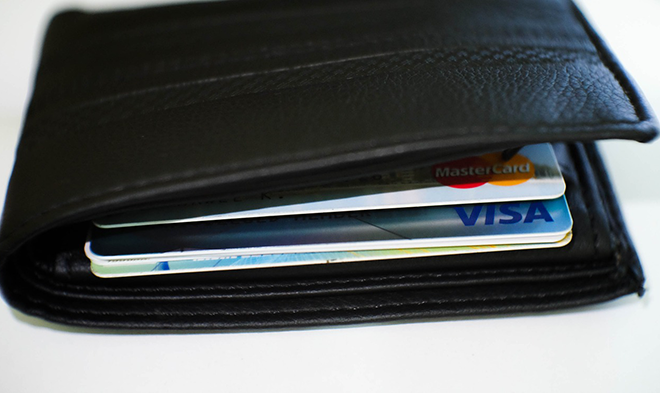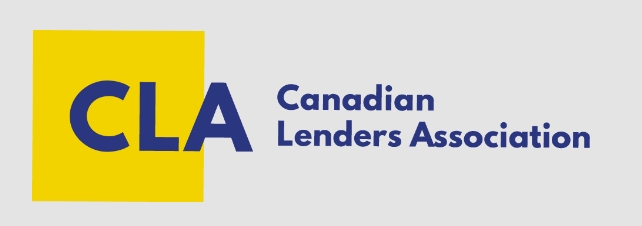Delinquency Rates Have Declined In Canada But Here’s Why We Should Still Be Concerned

In the first quarter of 2017, delinquency rates for credit accounts across Canada fell. That means that Canadians are, collectively, not allowing their credit accounts to go unpaid past 90 days anywhere near as often as we were before. We’re being more responsible with our credit and doing better at keeping it in good standing.
That’s the good news.
The bad news is that we’ve been spending far too much on our credit cards and taking out too many loans. The first three months of 2017 saw Canada take on more debt and the average consumer debt increase to $21,696. This number does not include mortgages. Canadians, it would seem, owe a lot of money.
One of the reasons why Canadians seem to be drawn into more debt is the fact that interest rates have remained relatively low over the past few years. Consumers see that debt won’t cost them much in interest, relatively speaking, and feel better about taking it on. The huge problem this poses is that interest rates can and do rise and if they do, even just a little bit here in Canada, many Canadians will be faced with monthly payments they can no longer afford. This, in turn, can lead to an increase in bankruptcies and foreclosures and could take a significant toll on our economy.
So, how do we avoid this? How do we prevent ourselves from being one of those Canadians who faces financial ruin with just one upward nudge of interest rates?
It’s simple. It’s two easy steps.
Step 1: Stop spending with credit
Do not accumulate any more debt. Live within your means. If that means you have to move or live on a steady diet of rice and beans, then so be it. It is far better to sacrifice now so you can stabilize your financial situation, than to wait like a sitting duck for the economic climate to shift just a smidge and have no way to pay your bills.
Step 2: Pay down your debts
Make that priority number one. Step away from the daily latte, take the bus to work, and shop at thrift stores. Your sacrifice may not be fun, but paying down your debts lowers your monthly minimum payments and moves you firmly into the green zone when it comes to your monthly budget. If you are one of those Canadians for whom a small interest rate change could mean bankruptcy or foreclosure, you have got to get your debts down.
I know these steps don’t sound easy, but they are if what you prioritize is a stable, bankruptcy-free future.
Why do you think Canadians are accumulating more debt? Let us know in the comments!





Leave a Reply